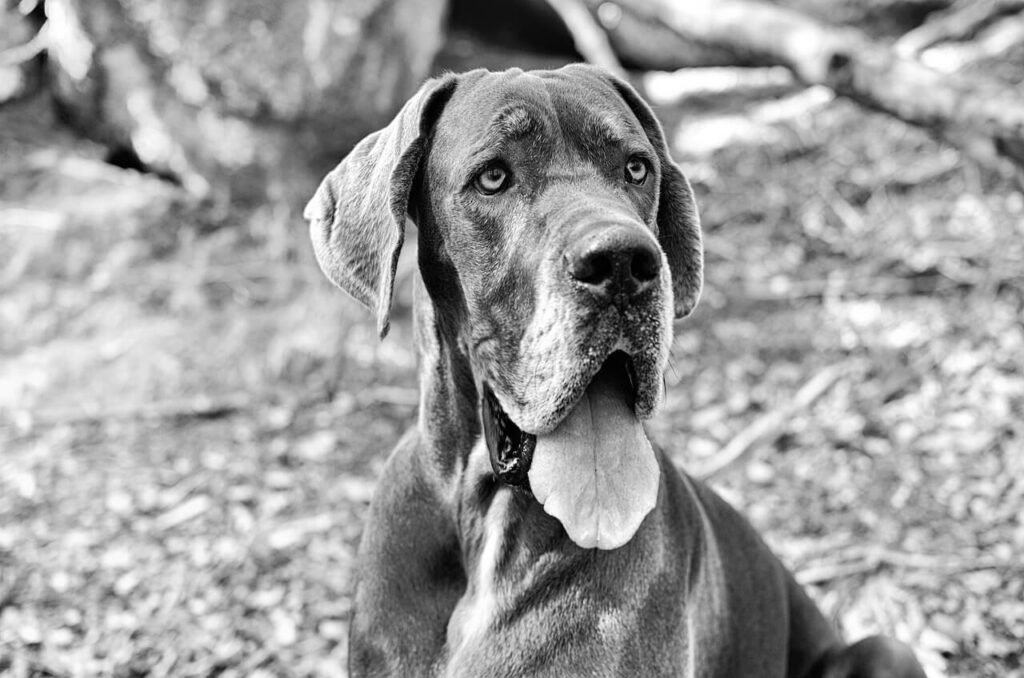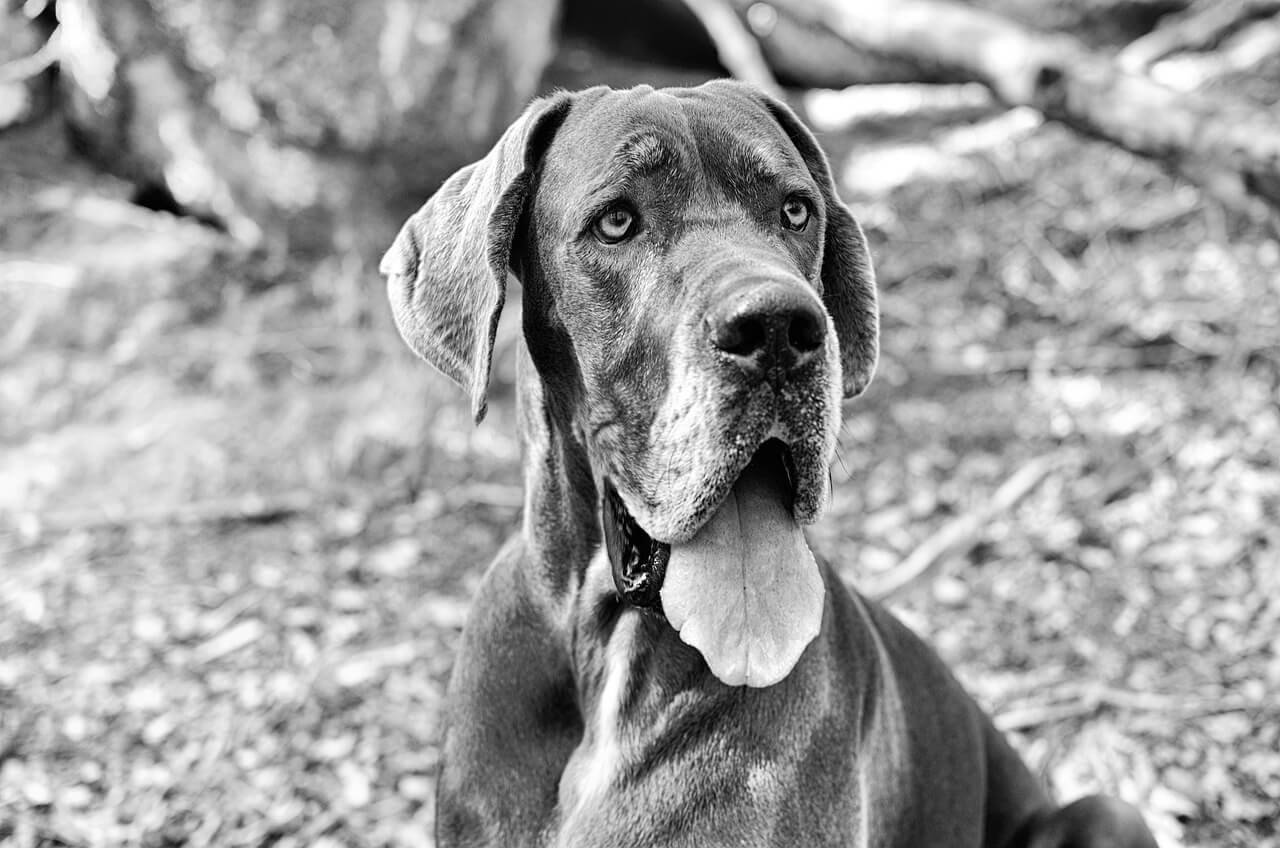The Charm of Dog Jowls: A Closer Look at Our Canine Companions
When it comes to dogs, their features are as diverse as their personalities. From floppy ears to wagging tails, every part of a dog tells a story. Among these unique traits, one that often stands out is their jowls. Whether you’ve ever wondered why some dogs have pronounced jowls or how they impact your furry friend’s life, this blog post will dive into the fascinating world of dog jowls. Discover what makes them special, their role in communication and health, and why they deserve a little extra appreciation.
Why Do Dogs Have Jowls? Understanding Their Purpose
Dogs’ jowls aren’t just there for aesthetic appeal—they serve several important functions. These fleshy parts of a dog’s face play a role in everything from eating to expressing emotions. Here’s a breakdown of why dogs have jowls and what they do:
- Facilitates Eating: Jowls help guide food and water into a dog’s mouth, preventing spills during meals.
- Enhances Communication: The movement of jowls can amplify facial expressions, making it easier for dogs to communicate with humans and other animals.
- Protects Against Debris: In certain breeds, jowls act as a barrier to keep dirt, dust, and debris away from sensitive areas like the eyes and nose.
While not all dogs have prominent jowls, those that do often rely on them more heavily for these purposes. Next time you notice your dog’s jowls flapping as they run, remember—they’re not just adorable; they’re functional too!
Check this guide 👉 5 Best Dog Grooming Scissors for Ultimate Pawsome Results!
Breeds Known for Their Prominent Jowls
Some dog breeds are famous for their droopy, expressive jowls. If you’re curious about which pups fall into this category, here’s a list of popular breeds known for their standout jowls:
- Bulldog: This breed’s loose skin and hanging jowls make them instantly recognizable.
- Bloodhound: With their long ears and saggy jowls, Bloodhounds are experts at tracking scents.
- Mastiff: Large and majestic, Mastiffs sport impressive jowls that add to their regal appearance.
- Saint Bernard: Famous for their rescue missions in snowy terrains, Saint Bernards also boast large, droopy jowls.
These breeds share a common trait: their jowls contribute to their charm and functionality. While caring for such breeds might require extra attention, their lovable faces are worth every effort.
Check this guide 👉 Top 5 Best Dry Dog Shampoos for Ultimate Freshness!
Expert Insight: The Functional Beauty of Dog Jowls
Renowned veterinarian Dr. Emily Carter shares her perspective: “Dog jowls are a remarkable blend of form and function. They not only aid in scent retention and temperature regulation but also enhance non-verbal communication, making them a vital part of a dog’s interaction with the world.”

Pros of Dog Jowls | Cons of Dog Jowls |
|---|---|
Enhance facial expressions | Can trap dirt and saliva |
Help guide food and water | Require regular cleaning |
Add character and uniqueness | May lead to skin infections if neglected |
Protect sensitive areas from debris | Can cause slobbering issues |
Check this guide 👉 5 Best Dog Dental Powders for Ultimate Oral Health Boost!
Caring for Your Dog’s Jowls: Tips for Happy, Healthy Pups
Taking care of your dog’s jowls is essential, especially if they belong to a breed with prominent ones. Proper maintenance ensures your pet stays comfortable while avoiding potential health issues. Consider these tips:
- Regular Cleaning: Use a damp cloth to wipe down your dog’s jowls after meals to prevent bacteria buildup.
- Check for Irritation: Inspect the area around the jowls for redness, swelling, or signs of infection.
- Trim Excess Hair: For hairy breeds, trimming the fur near the jowls can reduce tangles and improve hygiene.
- Monitor Slobber: Keep an absorbent towel handy to manage drool, particularly in breeds prone to excessive slobbering.
By incorporating these practices into your routine, you’ll keep your dog’s jowls clean and healthy, ensuring they remain a source of joy rather than trouble.
Check this guide 👉 Top 5 Best Dog Food Toppers for Ultimate Nutrition Boost!
Fun Facts About Dog Jowls You Didn’t Know
Dog jowls may seem straightforward, but they hold some surprising secrets. Dive into these fun facts to deepen your appreciation for this unique feature:
- Scent Detection Powerhouse: Breeds like Bloodhounds use their jowls to trap scent particles, aiding in their legendary tracking abilities.
- Historical Significance: Historically, dogs with prominent jowls were prized for their ability to protect livestock and hunt game.
- Temperature Regulation: Jowls can help regulate body temperature by allowing air to circulate near the mouth.
- Symbol of Loyalty: Many cultures view dogs with jowls as symbols of loyalty and wisdom due to their expressive faces.
These intriguing tidbits showcase just how remarkable dog jowls truly are. Who knew such a small feature could carry so much significance?
Check this guide 👉 Top 5 Premium Dog Bowl Stands for Ultimate Comfort & Style!
Common Myths About Dog Jowls Debunked
Dog jowls often spark curiosity, but they’re also surrounded by misconceptions. Let’s clear up some of the most common myths and provide clarity on what’s fact and what’s fiction:
Myth: Only Large Breeds Have Jowls
Fact: While larger breeds like Mastiffs and Saint Bernards are known for their prominent jowls, even smaller dogs have them—just less noticeably.Myth: Jowls Cause Excessive Drooling in All Dogs
Fact: Not all dogs with jowls drool excessively. Factors like breed, diet, and individual physiology play a bigger role in slobbering tendencies.Myth: Jowls Are Purely Decorative
Fact: Jowls serve functional purposes, such as aiding in scent detection, guiding food, and protecting sensitive areas from debris.Myth: Dogs with Jowls Are Harder to Train
Fact: A dog’s trainability depends on temperament, breed traits, and consistency in training—not the presence of jowls.Myth: Jowls Make Dogs More Prone to Health Issues
Fact: With proper care, dogs with jowls are no more prone to health problems than those without. Regular cleaning and monitoring are key.
Understanding these truths helps dispel unnecessary fears and allows owners to focus on the joy their jowly companions bring into their lives.
How Dog Jowls Influence Human-Dog Bonding
Dog jowls may seem like a small detail, but they play a surprisingly significant role in strengthening the bond between humans and their furry friends. Here’s how these charming facial features contribute to the connection we share with our dogs:
Facial Expressions Speak Volumes:
Jowls enhance a dog’s ability to convey emotions through exaggerated facial movements, making it easier for humans to interpret their moods and needs.Softens Their Appearance:
Droopy jowls often give dogs a gentle, approachable look that many people find endearing and comforting.Encourages Interaction:
The playful flapping of jowls during activities like running or playing can make dogs appear more animated and fun-loving, inviting interaction.Creates Memorable Moments:
Whether it’s wiping away slobber or laughing at their jowls bouncing as they trot, these moments become cherished memories for dog owners.Symbolizes Unconditional Love:
For many, a dog’s jowls represent the unique quirks that make their pet one-of-a-kind, reinforcing the unconditional love they feel for their companion.
From expressive faces to heartwarming interactions, dog jowls are more than just a physical trait—they’re a bridge that deepens the human-dog relationship in countless ways.
The Role of Jowls in a Dog’s Social Behavior
Dog jowls aren’t just functional—they also play a key role in social interactions among dogs and between dogs and humans. Here’s how these floppy features contribute to their social lives:
Amplifies Non-Verbal Communication:
Jowls help exaggerate facial expressions like smiling, growling, or showing submission, making it easier for other dogs and humans to interpret their intentions.Signals Playfulness:
When dogs play, their jowls often bounce and flap, signaling excitement and encouraging others to join in the fun.Establishes Hierarchy:
In multi-dog households, subtle movements of the jowls can indicate dominance or submission, helping maintain harmony within the pack.Enhances Bonding Through Touch:
Owners frequently interact with their dog’s jowls during grooming or affectionate moments, strengthening the emotional connection.Acts as a Conversation Starter:
Dogs with prominent jowls often attract attention from strangers, sparking conversations and fostering new friendships for both the dog and their owner.
Jowls may seem like a small part of a dog’s anatomy, but they significantly influence how dogs navigate their social world. These features remind us that even the tiniest details can have a big impact on relationships.
Frequently Asked Questions About Dog Jowls
Are dog jowls only found in specific breeds?
No, most dogs have jowls, but they are more noticeable in certain breeds like Bulldogs and Bloodhounds.
Do jowls affect a dog’s health?
While generally harmless, poorly maintained jowls can lead to skin irritation or infections.
How can I reduce my dog’s drooling caused by jowls?
Regularly clean their jowls, provide fresh water, and avoid feeding overly salty foods.
Can jowls change over time?
Yes, aging and weight fluctuations can alter the appearance of a dog’s jowls.
Should I worry if my dog’s jowls look swollen?
Swollen jowls could indicate an underlying issue, so consult a vet promptly.
Celebrating the Beauty of Dog Jowls
In conclusion, dog jowls are far more than just a physical trait—they’re a testament to the diversity and adaptability of our beloved canine companions. Whether aiding in communication, enhancing their charm, or serving practical purposes, jowls remind us of the intricate design behind every wagging tail. By appreciating and caring for this unique feature, we strengthen the bond we share with our furry friends. So next time you see those floppy cheeks or feel a wet nuzzle, take a moment to celebrate the wonder of dog jowls—they truly are something to smile about.





